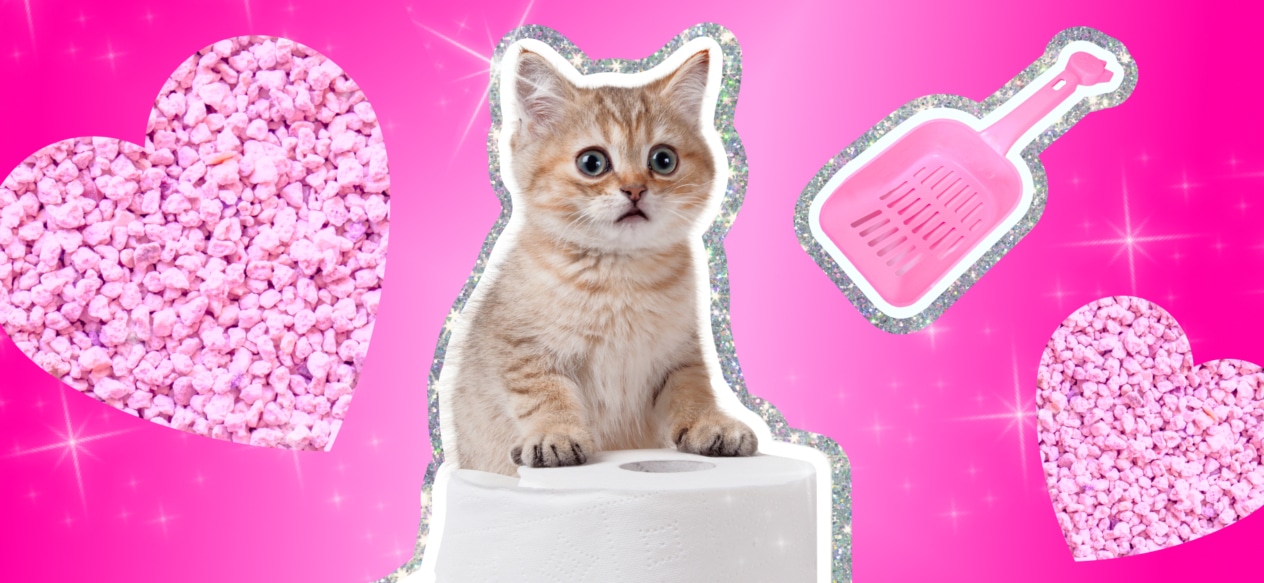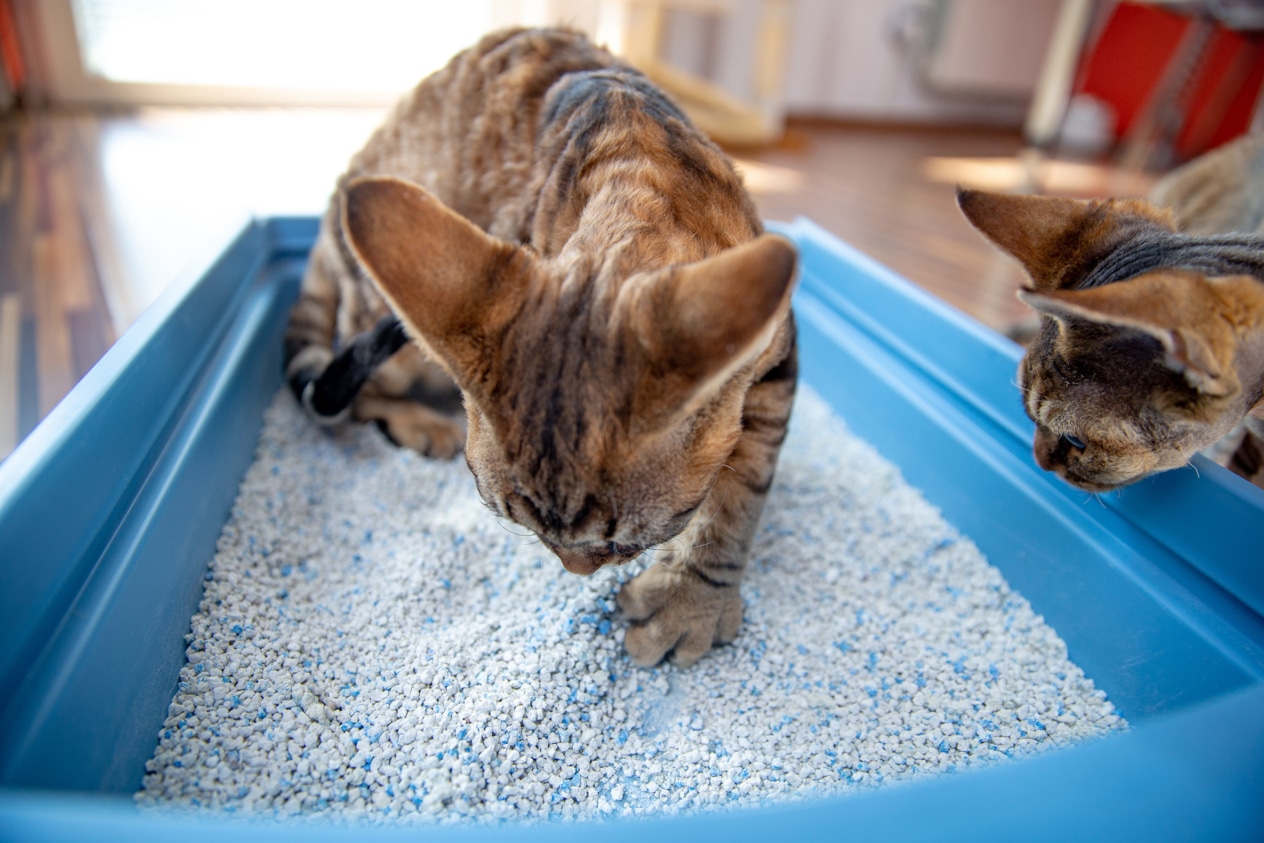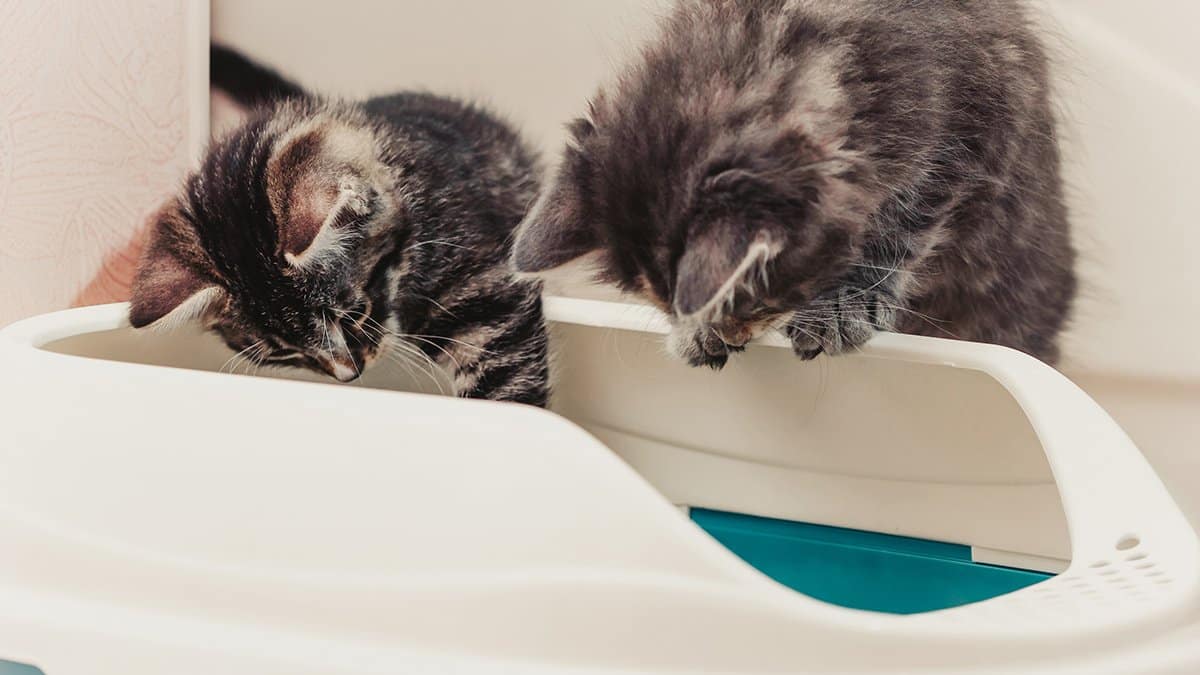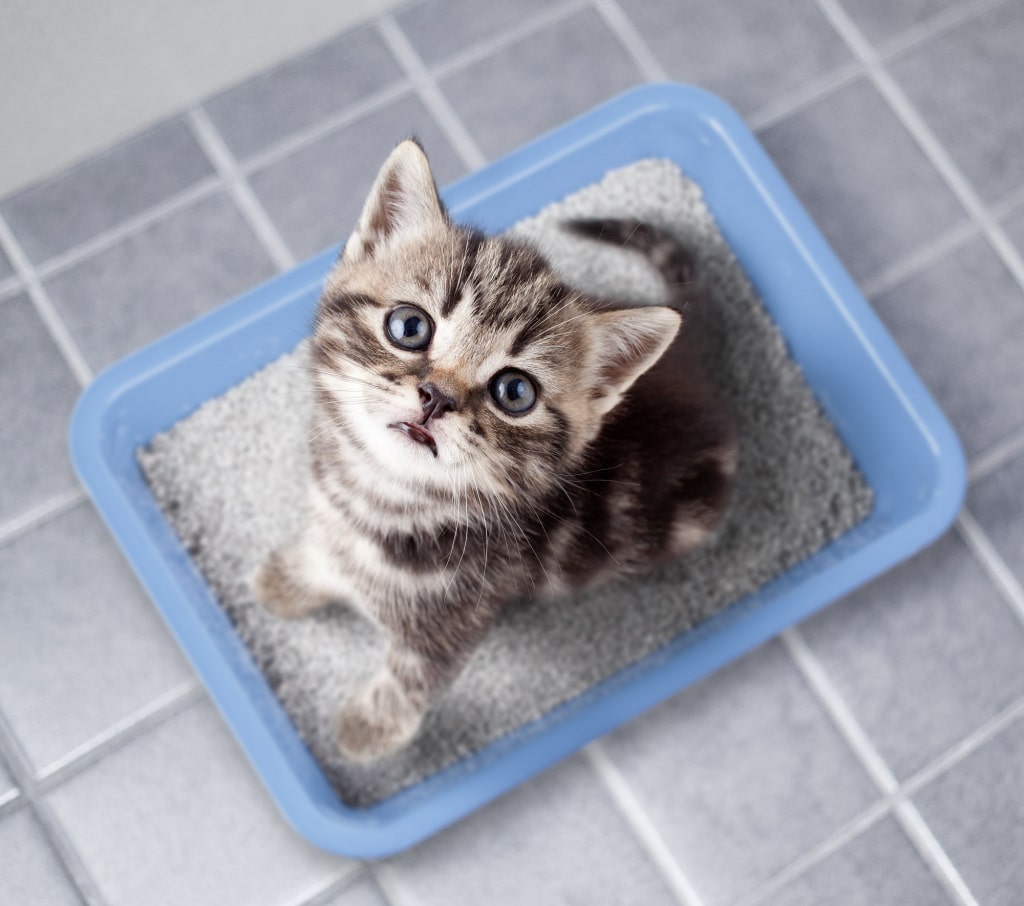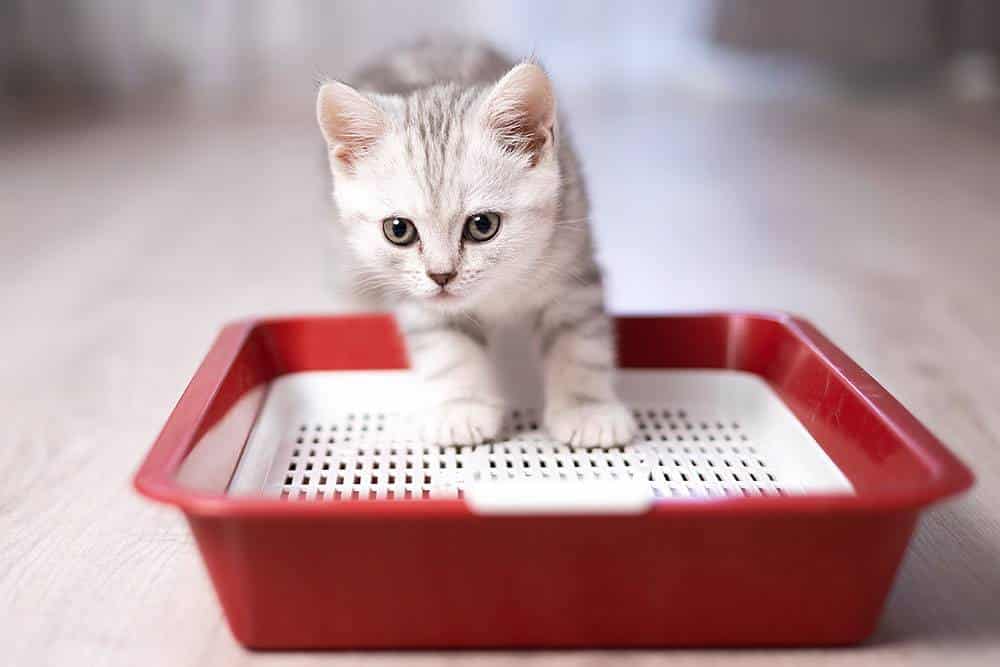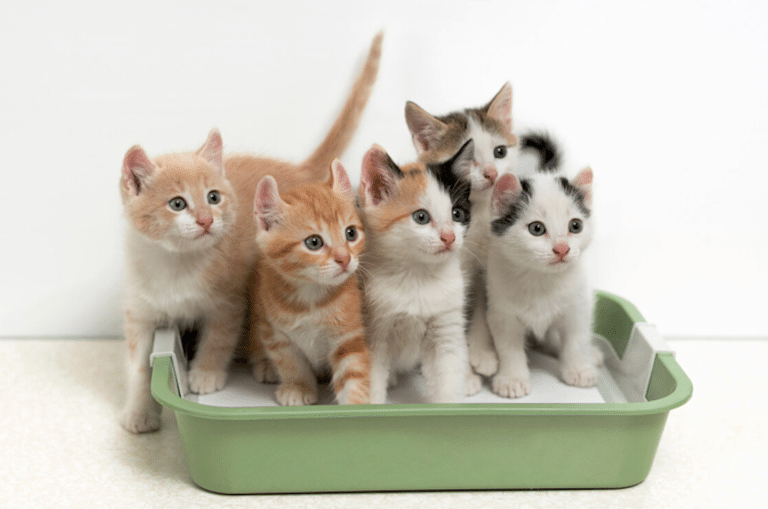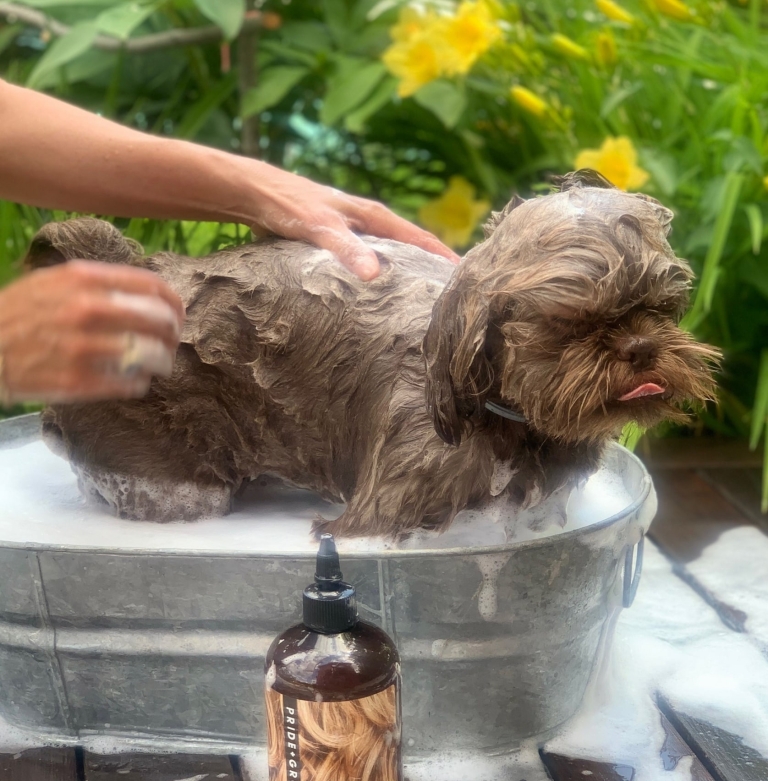Imagine that you adopted a small cat, and he leaves behind “surprises” in the wrong places. Does teaching him to use the tray seem like a mission on the level of space travel? In fact, everything is much simpler! Let’s open the mysterious veil.
Toilet training age
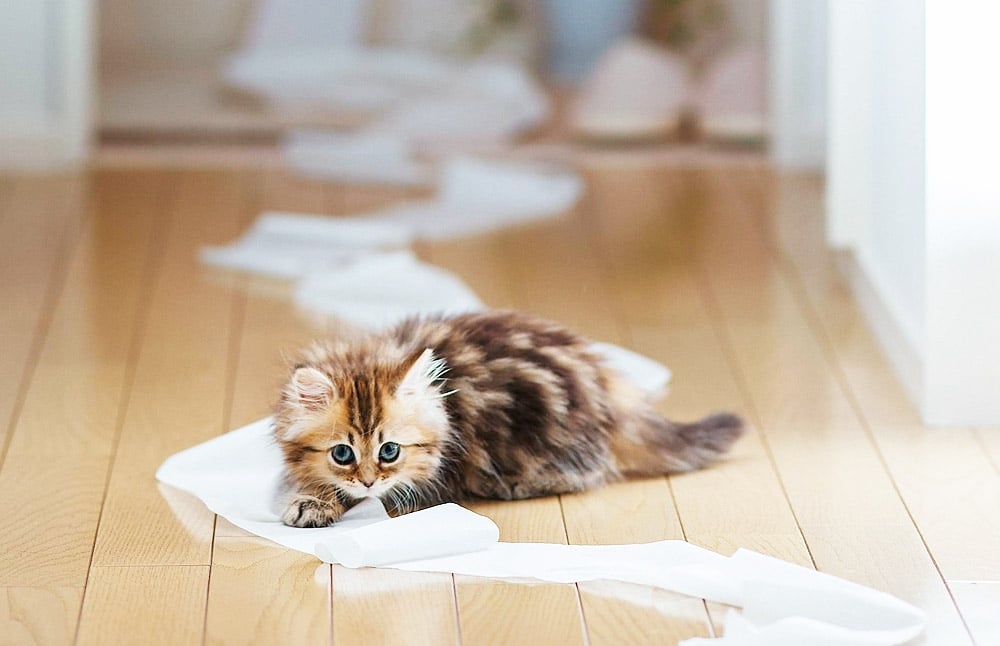
Toilet training a kitten is not just a necessary stage in its life, but a real adventure for both of you! The ideal time to start this process is around 3-4 weeks. When the kitten begins to move independently, you can start accustoming it to the tray. Some Tails quickly learn what to do, others may need more time, but by 8 weeks most kittens become real professionals and use their tray independently.
Steps of training to the tray
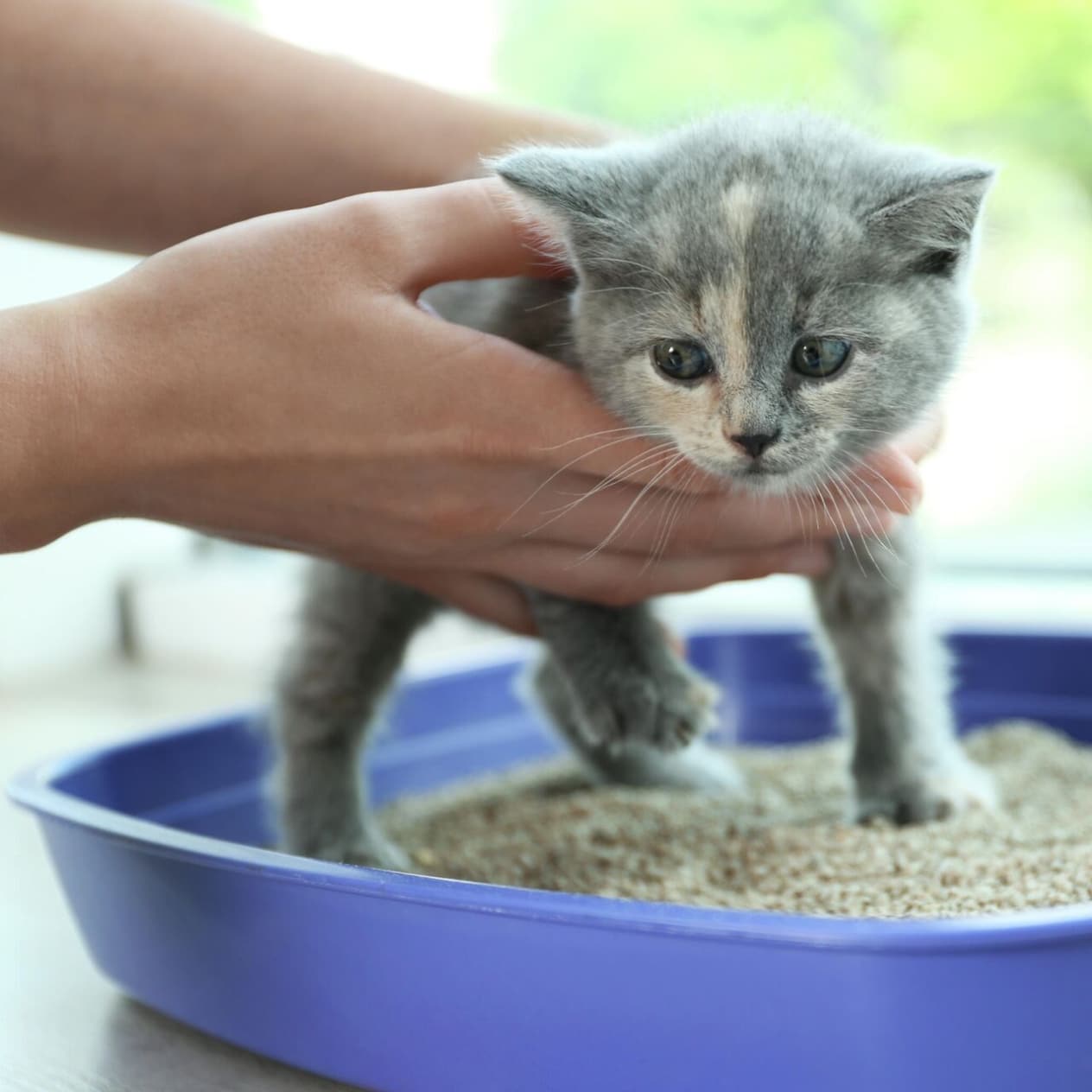
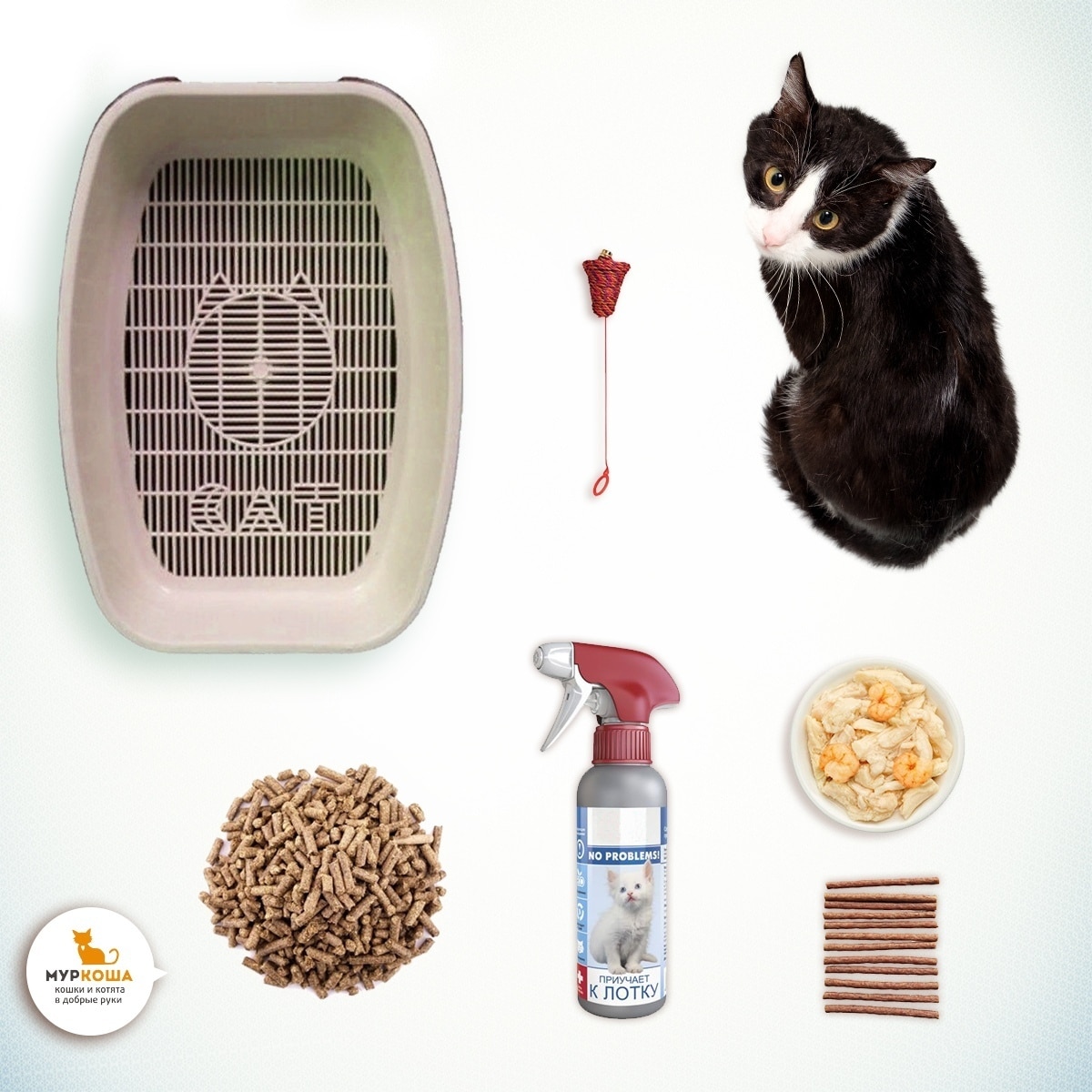

You have a little kitten and it’s time to teach him to use the litter box. Don’t worry, just follow these steps.
Step 1. Choose the right tray (or a real cat throne). The success of your mission starts with choosing the perfect tray. It has to be something special. It should not be too small, but not too big, so that the baby does not get lost there. You should pay attention to the plastic toilet, because it is easy to care for and does not absorb odors. And let’s not forget about the sides. Since the kitten can sometimes “light up” while digging in the filler, they will help keep the place clean.
Step 2. Choosing a place. The tray should be in a quiet corner – kittens, like people, like a bit of privacy. Put it where your little one will feel safe, but away from his “dining room” and “bedroom”. If your house is more like a small maze, you can place several trays in different rooms, because if your furry friend gets lost on the way, you yourself know what can happen.
Step 3. Filler is not just “sand”. It is better to take one that does not smell, so that your cat does not suspect you of any tricks.
Step 4. How to start training? Light! This is where the fun begins. Once you’ve prepared your tray and chosen your filler, it’s time to get down to business. First, show the baby where the tray is. Put it there after eating or sleeping. This is exactly the moment when he has “toilet affairs”. When the kitten uses the tray correctly, do not forget to praise it. A soft voice or a treat will be the best reward.
Since Tails is just learning, he can start looking for where to leave his “trace” during excitement. In this case, immediately take it to the tray. Do this every time, and soon your little one will know where to go.
Step 5. Patience is your secret superpower. If something goes wrong and the kitten decides to make a mistake (well, or a puddle), do not scold him. Just carefully transfer to the tray and make it clear where you need to do your business. Each kitten has its own pace of learning, so it is important to be patient and constantly support the baby. The main thing is not to give up! Over time, the cat will understand that the tray is an ideal place for the toilet, and you will become the proud owner of a real “tray” expert.
Choice of filler and its types
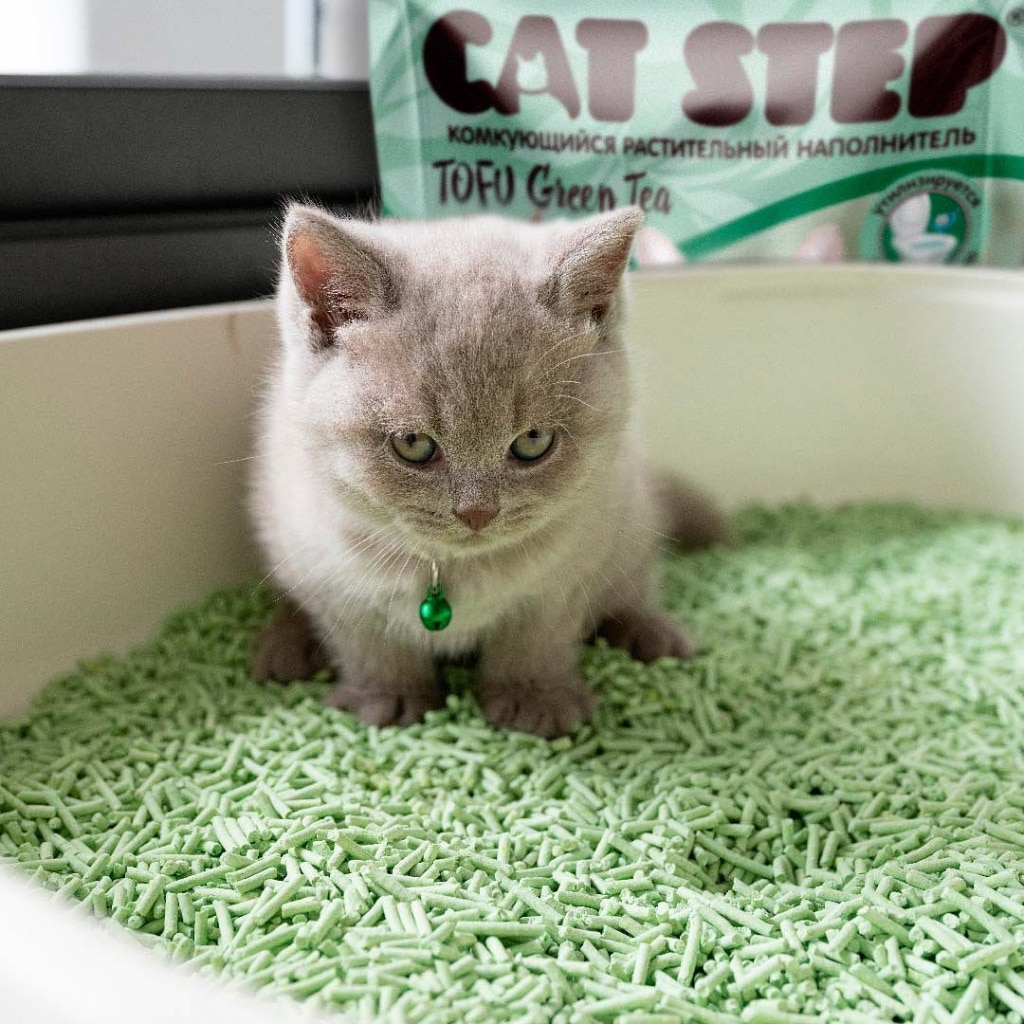
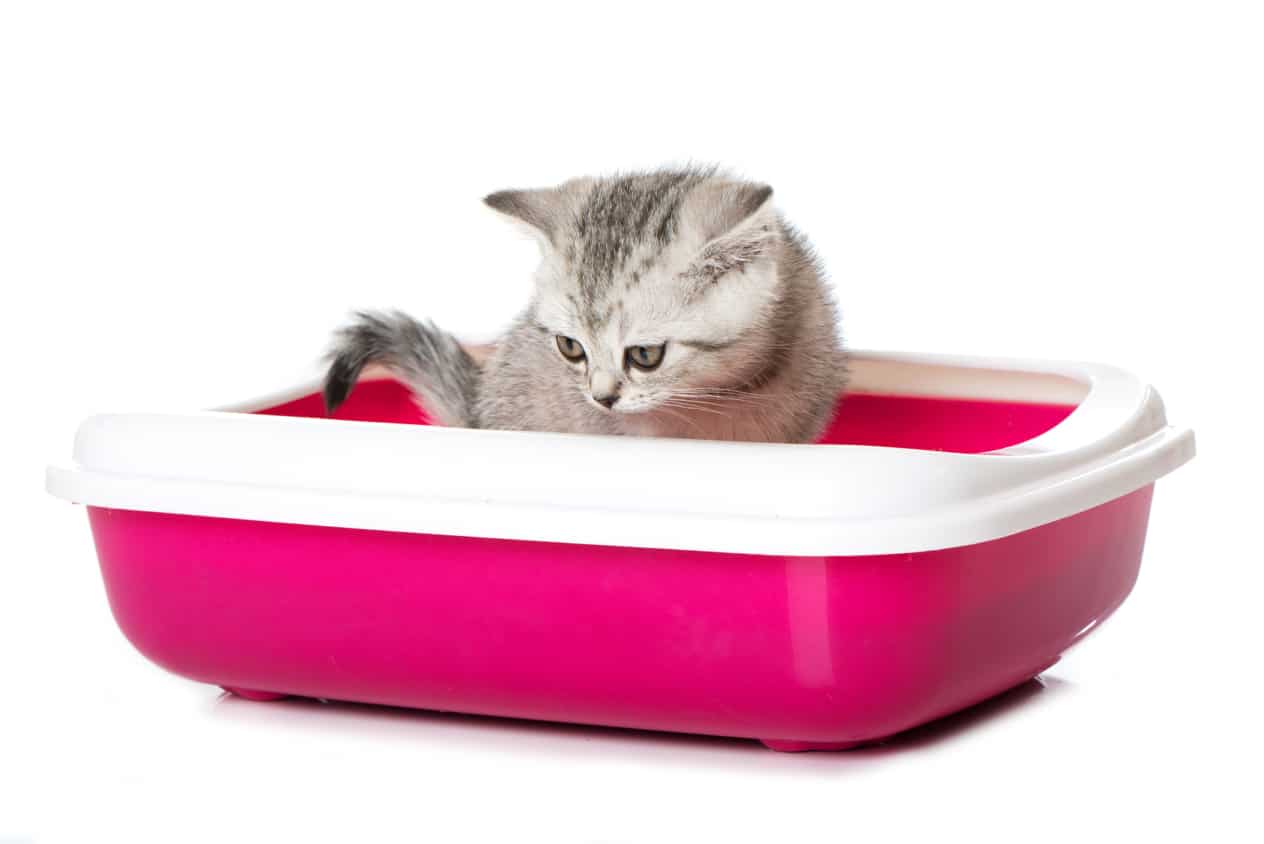
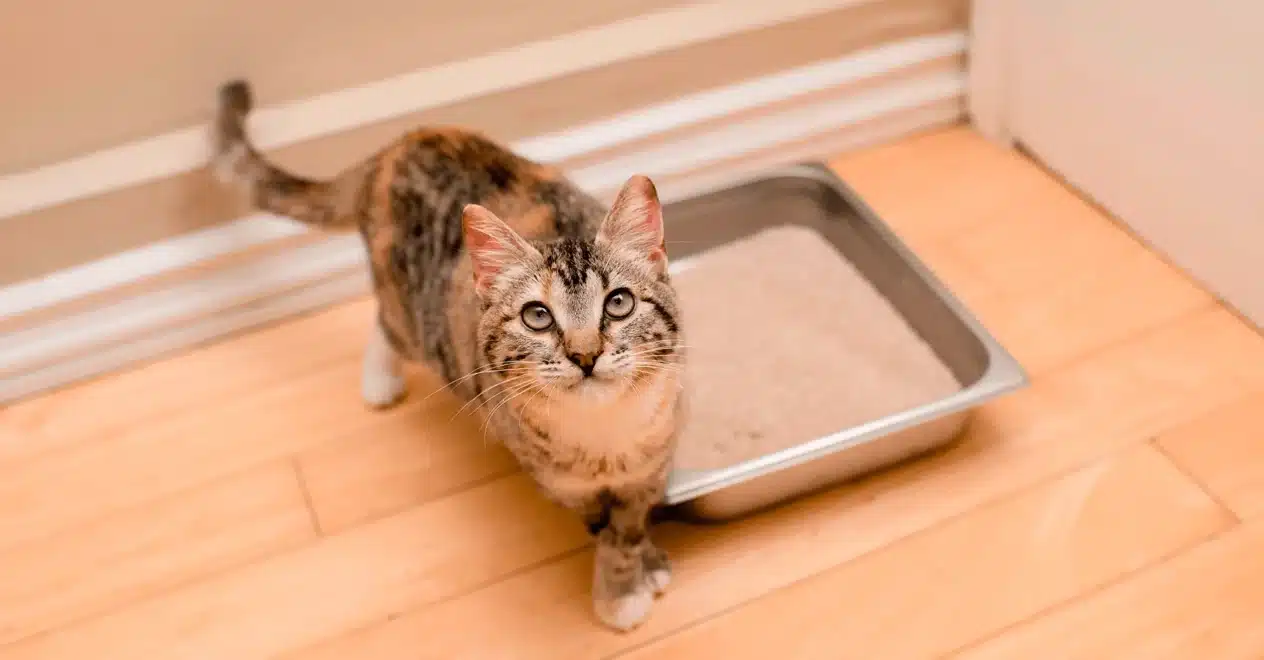
When a small kitten appears in the house, it seems that only games and fun are ahead. But do not forget about an important point – choosing the ideal filler for the tray. And this, as it turns out, is a whole science! So let’s figure out together what options exist and how to choose the best one.
The clumping filler is a real “master” in creating lumps that are easy to throw away. It’s made from clay or bentonite and does a great job of keeping odors at bay. But there are also disadvantages. This type of filler can make a little dust, and lumps stick to the cat’s paws, which then spreads them around the house.
But the wooden filler is a completely different story. Pressed wood pellets smell naturally and are safe for the animal. When in contact with moisture, they turn into sawdust, which retains odors well. But sawdust can also stick to the paws and end up everywhere – from the rug to your favorite chair. Although for lovers of ecological solutions, this option is a godsend!
If you are looking for a real “miracle material”, then silica gel filler will amaze you with its ability to absorb moisture. Its tiny granules absorb liquid, and odors disappear without a trace. It needs to be replaced less often, but the texture may not be entirely pleasant for kittens, and it is also more expensive. It can be an ideal choice for those who appreciate cleanliness and do not like to do a lot of cleaning.
Another interesting option is corn or paper filler. It is made of natural materials, which makes it safe for kittens with allergies. It sounds like a fairy tale, but there is also a trick here. It does not retain odors for a long time, so the tray needs to be cleaned more often.
How to choose the perfect filler? If your kitty likes to play with the litter box, has allergies or is sensitive to dust, choose natural options without chemical additives. If quick and easy cleaning is important to you, pay attention to clumping or silica gel options. Remember that kittens can be very picky, so try a few options to find one that your little one will love.
What to do if the kitten begins to mark when it is already trained to the toilet
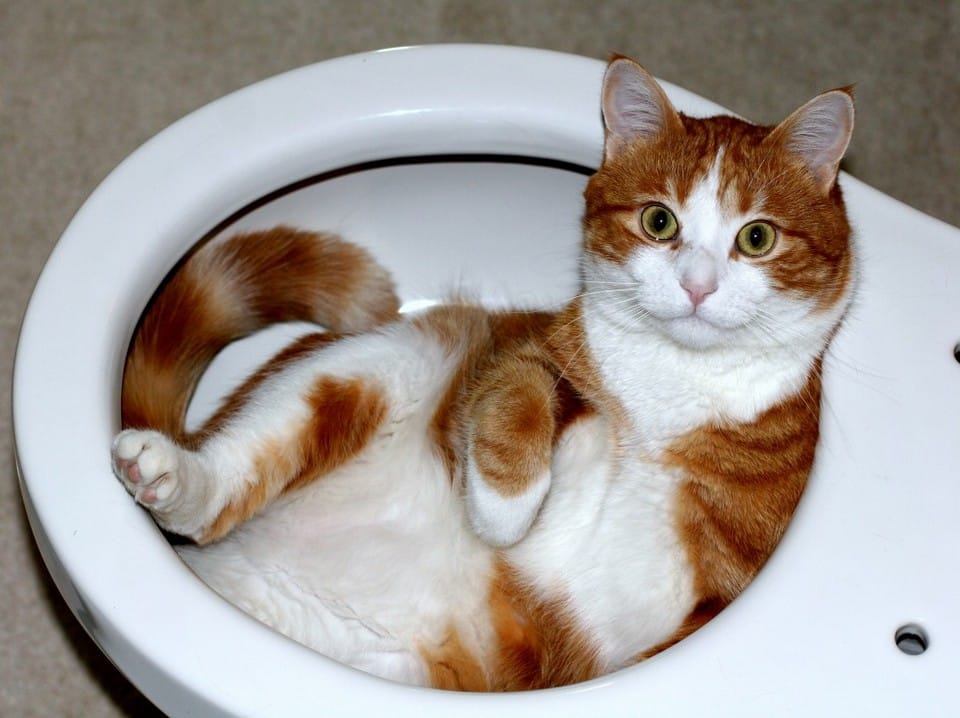
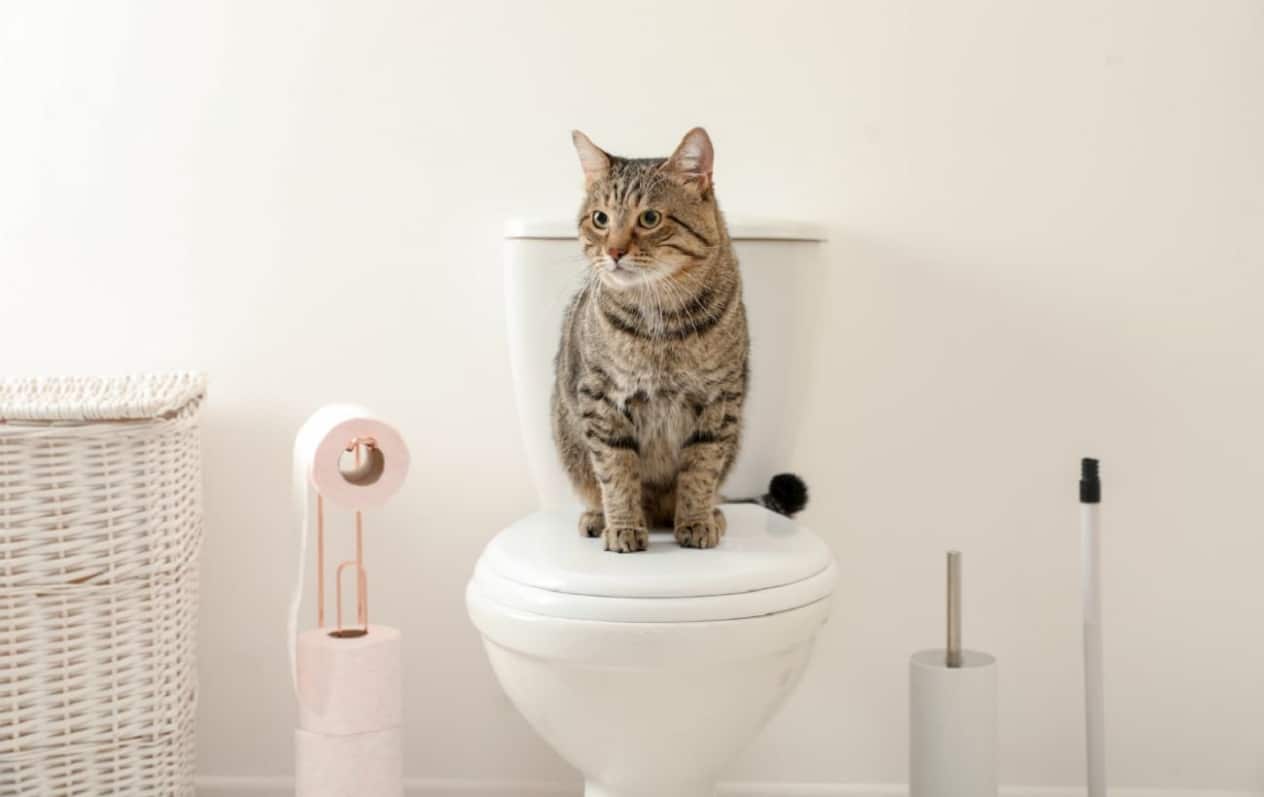
When your kitty decides to turn the apartment into her personal tag gallery, it could be a sign of stress, changes in the home, or just growing up. There are many ways to solve this problem, and here are some tips to restore peace to your home.
• Consult a veterinarian. It may not just be a desire to mark territory, but a sign of health problems, such as infections or kidney problems. The veterinarian will check everything and give advice. And if the kitten is not yet spayed/neutered, this procedure will solve the problem.
• Have there been any changes in your home recently? A move, a new animal or even the arrival of a guest can cause stress in a cat. Try to give him a sense of stability. And if there are other furries in the house, provide them with separate areas for sleeping and eating to avoid “battles for territory”.
• Cats like to return to places where they have already left their scent. So, to avoid repeated “visits”, use special means to remove the smell of urine. Do not touch products with ammonia – they only remind the cat of its smell, and he will think: “Oh, this is my favorite scent!”
• Cats are real lovers of routines. If their day is planned, this will significantly reduce the level of anxiety and, accordingly, the need to mark.
• Pheromone sprays help relieve anxiety. They create such an atmosphere that the kitten feels like it is on a cloud: cozy and calm. A couple of pheromone sprays – and you won’t want to mark the territory anymore.
• Additional trays are a real life hack for feline happiness. If you have several cats, each one should get its own toilet to avoid competition. Even if the cat is alone, you can place several trays throughout the house.
• And remember: no punishment! If you start a scandal with the cat over the tags, you will only increase his stress, and the problem will not go away. It is better to calmly transfer it to the tray and explain that it is necessary to do “toilet business” here. Patience and grace are the keys to success!
